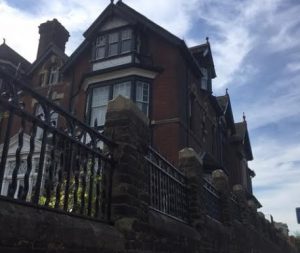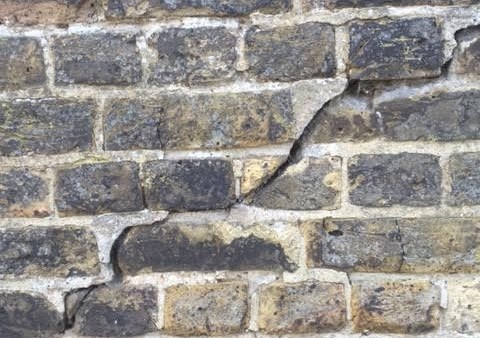 It’s a recognised fact among leading estate agents that a great many listed building sales fall through as a result of damp. Offers routinely get withdrawn as a result of the potential purchasers unsubstantiated fear of the unknown. It’s this fear of the unknown that’s exploited by many leading names in the damp proofing industry.
It’s a recognised fact among leading estate agents that a great many listed building sales fall through as a result of damp. Offers routinely get withdrawn as a result of the potential purchasers unsubstantiated fear of the unknown. It’s this fear of the unknown that’s exploited by many leading names in the damp proofing industry.
I recently completed extensive works at a detached property of historical interest in the center of Rochester (ME1). The owner had previously paid one of the UK’s most recognisable timber and damp companies to rectify a serious ingress which affected the entire ground-floor.
The source of the damp was self evident upon initially arriving. Over the years, successive owners had elevated external ground-level to threshold height; initially by concreting over the original York-stone laid around the perimeter. Later occupants had slabbed over the concrete, thus breaching the original slate DPC (which remains intact).
Three external gullies (in close proximity to brickwork below ground-level) had evidently been leaking for many years, which increased the water-content below ground to saturation level. As opposed to reducing the ground-level to an acceptable height and replacing the damaged gullies, the owner had unfortunately been talked into having a chemical DPC injected.
Previous owners had not been respectful of the property’s listed status. While the fact that it was a listed building was being overlooked a number of changes both internal and external had been introduced. Such as including the use of modern and inappropriate materials. Skimmed stud-walls dividing the kitchen which abut to an original partially exposed stock and lime-plaster wall. Although not overly displeasing aesthetically, such work does not hold up to close scrutiny. Of particular note, the painting (internal) was of a particularly high standard. Lime based paint had been used following online advice sought by the present owner.
The lime based paint had in fact concealed the salt-band along the rear wall and allowed dissipation of the ingress without any visible effect. The paint had been ordered from a manufacturer in Cornwall (at great expense), but the result is testament to a largely forgotten fact, that modern paints generally don’t allow older properties to adequately ‘breathe’.
Want to know what comes next? Part two (Listed Building Chemical DPC) will be online on the 25th September. In the meantime, feel free to give us a call on 07970862057.
We are always happy to offer advice specific to your situation that will help you make the right choice for your property.

